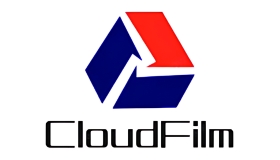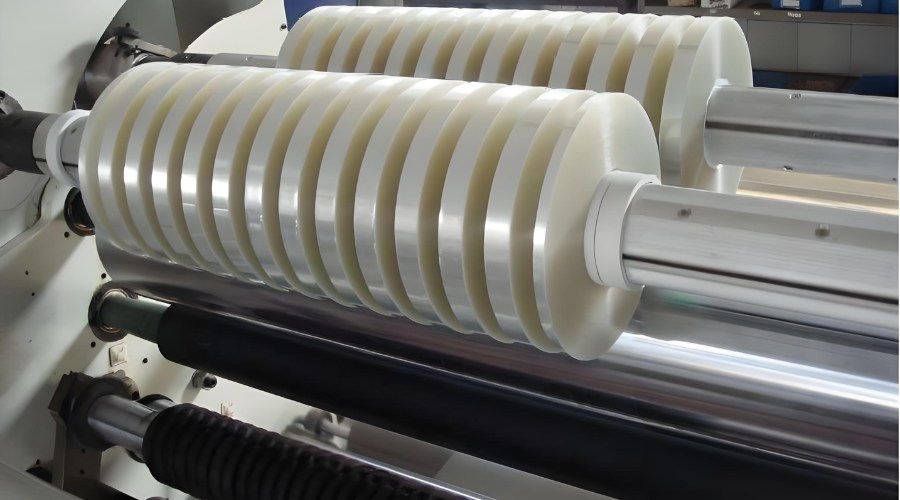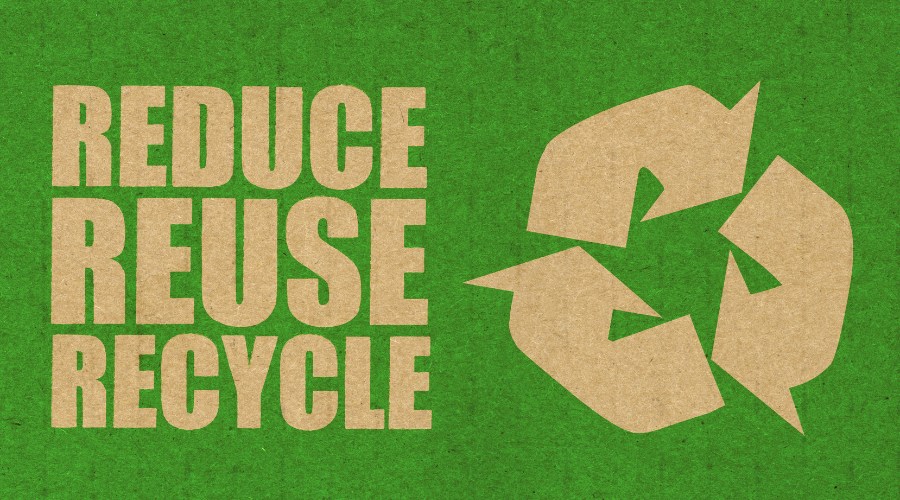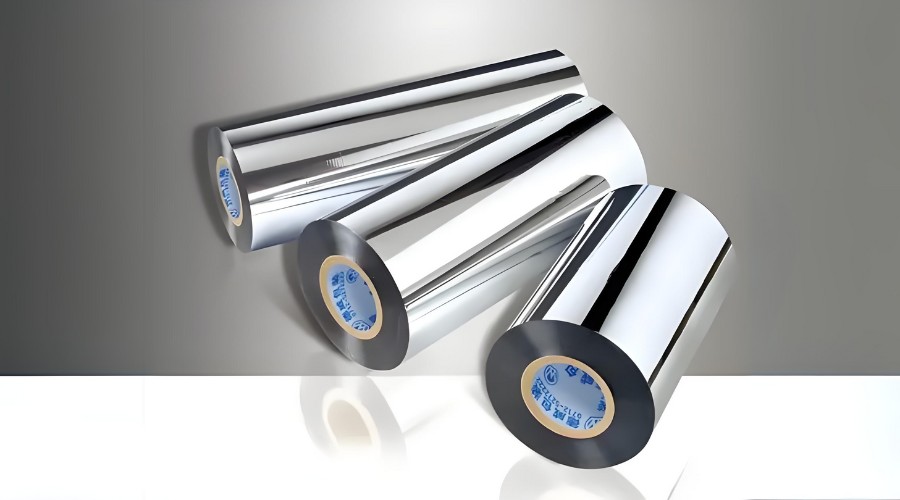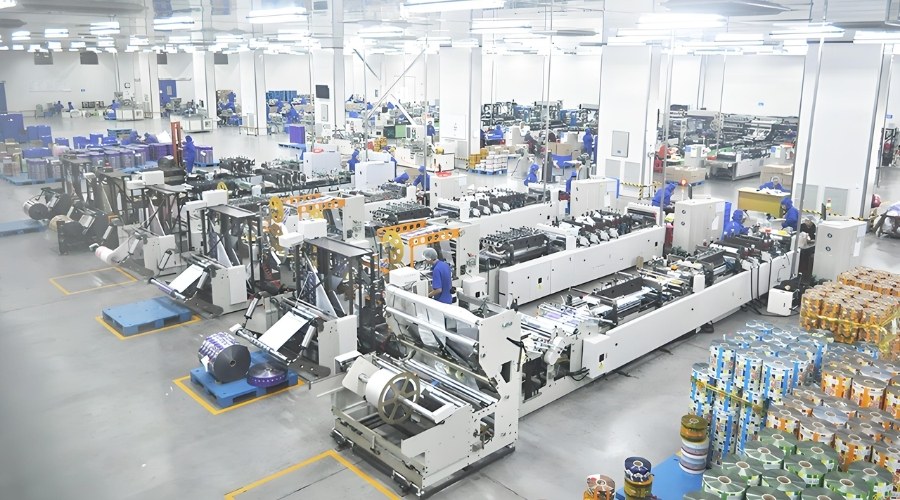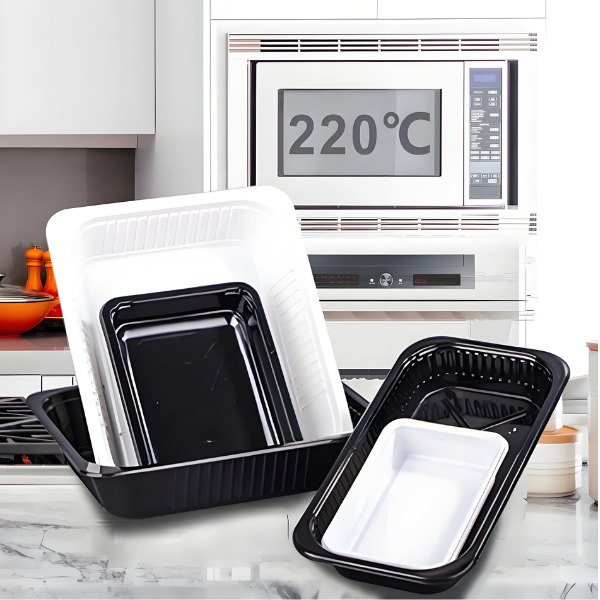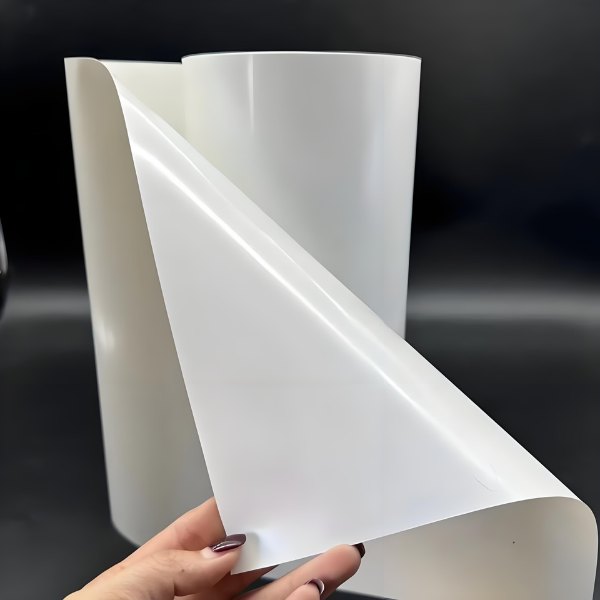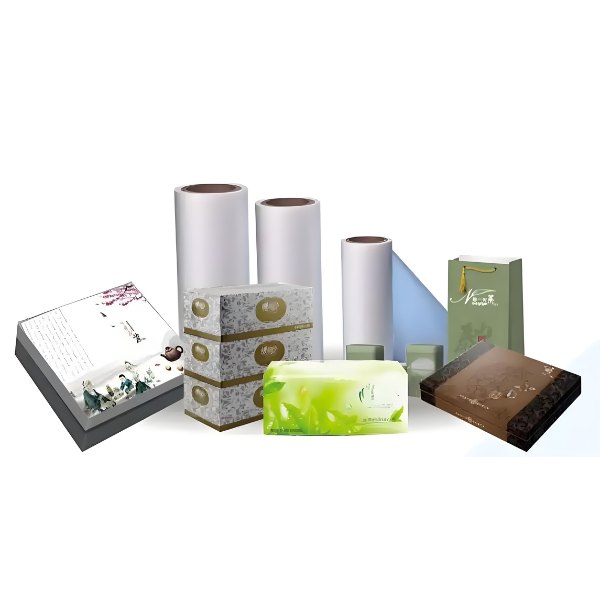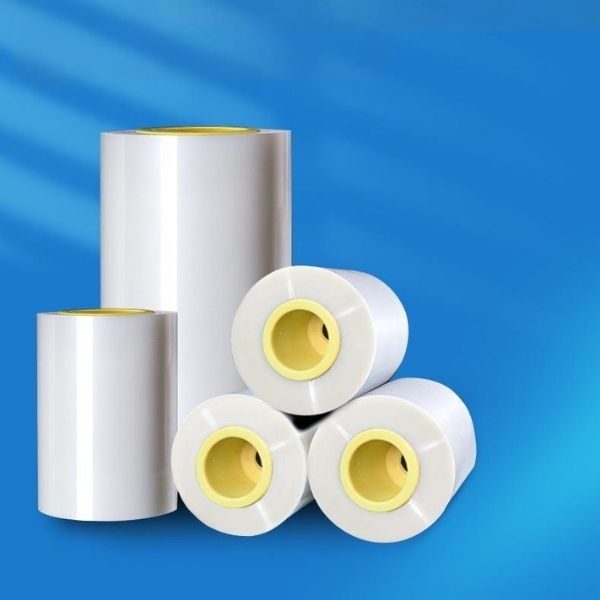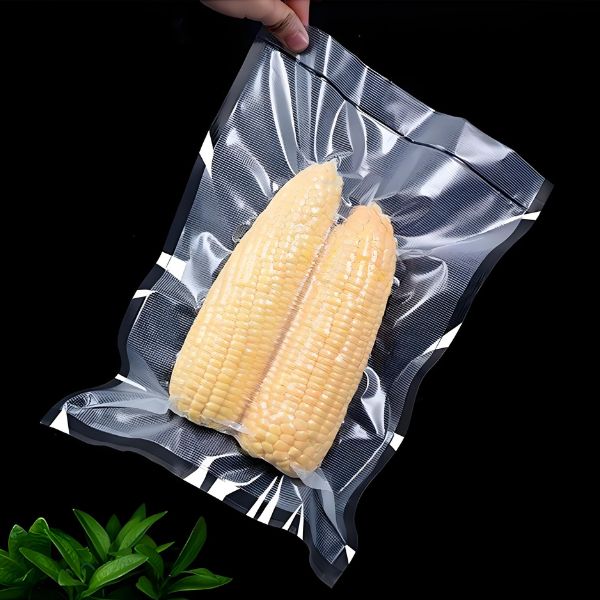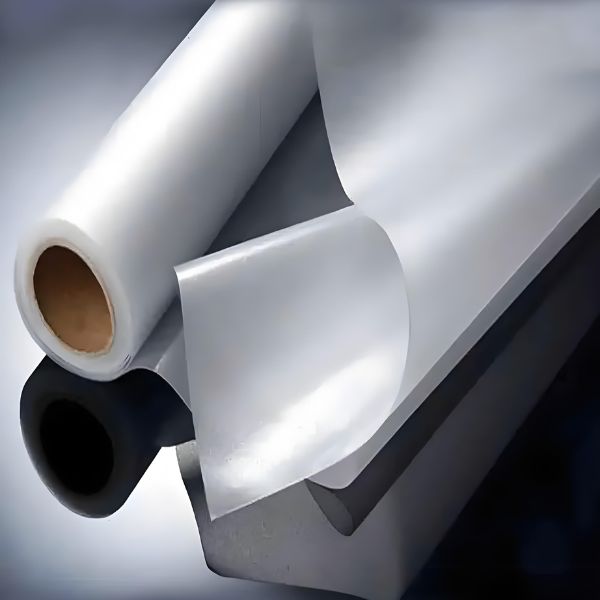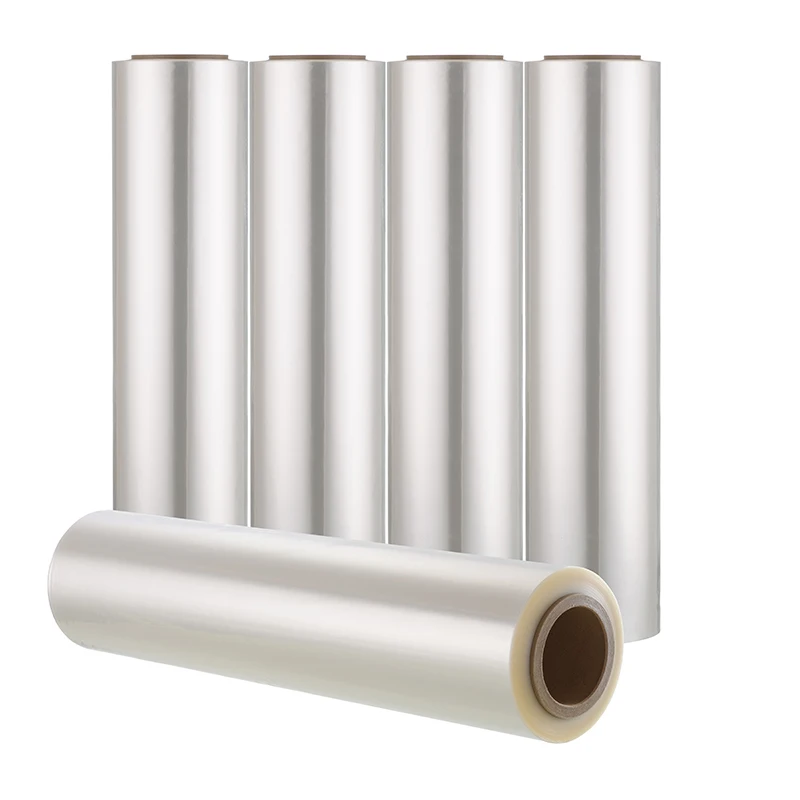Introduction
In today’s environmentally conscious marketplace, businesses across industries are seeking sustainable alternatives to traditional packaging. Compostable flexible packaging has emerged as a leading solution, offering the perfect balance between functionality and environmental responsibility.
At CloudFilm, we specialize in innovative packaging solutions that meet both your business needs and sustainability goals. This comprehensive guide will walk you through everything you need to know about compostable flexible packaging.
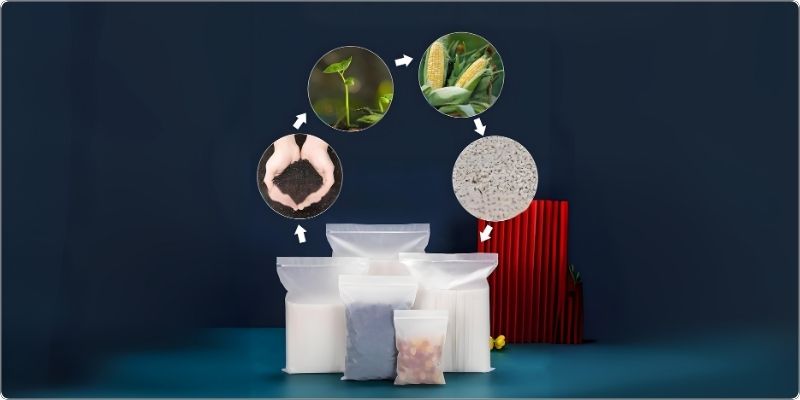
{ Compostable Flexible Packaging Can Decompose Into Natural Elements }
Understanding Compostable Flexible Packaging
Compostable flexible packaging refers to packaging materials that can break down into natural elements in a compost environment, leaving no toxic residues. Unlike traditional plastic packaging that can persist in the environment for hundreds of years, compostable options return to the earth within months under proper conditions.
These packaging solutions are designed to maintain the same protective qualities as conventional packaging while offering significant environmental benefits. They’re suitable for a wide range of products, including food items, personal care products, and various consumer goods.
The Materials Behind Compostable Packaging
Several innovative materials form the foundation of compostable flexible packaging:
- PLA (Polylactic Acid): Derived from renewable resources like corn starch or sugarcane, PLA offers excellent clarity and printability while being fully compostable.
- PBAT (Polybutylene Adipate Terephthalate): A petroleum-based polymer that’s fully compostable, often blended with PLA to enhance flexibility and durability.
- Starch-based Blends: Utilizing modified starch from corn, potatoes, or other crops, these materials provide excellent barrier properties and compostability.
- Cellulose-based Materials: Derived from wood pulp, these materials offer excellent transparency and are both compostable and renewable.
At CloudFilm, we carefully select and blend these materials to create packaging solutions that meet specific product requirements while maintaining environmental integrity.
Certification Standards: What to Look For
When choosing compostable packaging, it’s essential to understand certification standards that verify compostability claims:
- ASTM D6400: This standard specifies that materials must break down within 180 days in commercial composting facilities.
- EN 13432: The European standard that requires packaging to disintegrate within 12 weeks and biodegrade within six months.
- BPI Certification: The Biodegradable Products Institute certification indicates that products meet ASTM D6400 standards in North America.
- OK Compost: This certification from TÜV Austria includes both industrial (OK Compost INDUSTRIAL) and home (OK Compost HOME) composting standards.
CloudFilm products are certified to meet these rigorous standards, ensuring that our packaging solutions deliver on their environmental promises.
Benefits of Compostable Flexible Packaging
Adopting compostable flexible packaging offers numerous advantages for businesses and consumers alike:
Environmental Benefits
- Reduced Landfill Waste: Compostable packaging breaks down naturally, reducing the burden on landfills.
- Lower Carbon Footprint: Most compostable materials are derived from renewable resources, resulting in lower greenhouse gas emissions during production.
- Marine Safety: Unlike conventional plastics, compostable materials won’t persist as harmful microplastics in oceans.
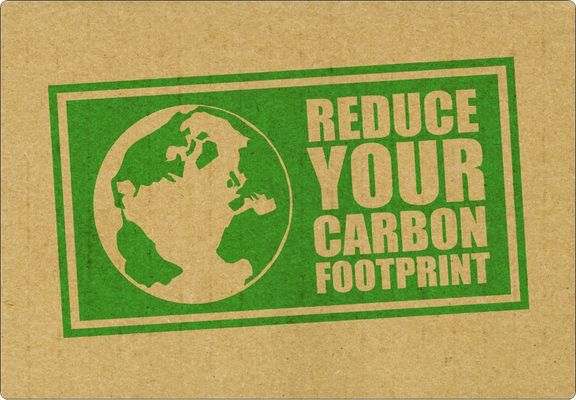
{ Compostable Flexible Packaging Can Reduce Carbon Footprint }
Business Benefits
- Enhanced Brand Image: Demonstrating environmental commitment resonates with eco-conscious consumers.
- Market Differentiation: Stand out from competitors still using traditional packaging.
- Regulatory Compliance: Stay ahead of increasingly stringent packaging regulations worldwide.
Consumer Benefits
- Conscious Consumption: Allows consumers to make environmentally responsible choices.
- Easy Disposal: Home compostable options can be disposed of in backyard compost bins.
- Product Protection: Maintains the same protective qualities as conventional packaging.
Implementing Compostable Packaging in Your Business
Transitioning to compostable flexible packaging requires careful planning and consideration:
Assess Your Needs
Evaluate your current packaging requirements, including:
- Product protection needs
- Shelf life requirements
- Barrier properties needed (moisture, oxygen, light)
- Printing and branding requirements
Choose the Right Solution
Work with packaging experts like CloudFilm to select materials that meet your specific needs while ensuring compostability.
Consider End-of-Life Options
Determine the most appropriate disposal method for your packaging:
- Industrial composting facilities
- Home composting (for certified home compostable materials)
- Specialized collection programs
Educate Your Customers
Provide clear information about proper disposal methods to maximize the environmental benefits of your packaging choice.
CloudFilm’s Compostable Packaging Solutions
At CloudFilm, we offer a comprehensive range of compostable flexible packaging solutions designed to meet diverse business needs:
Food Packaging
Our food-grade compostable packaging options include:
- Stand-up pouches for snacks, coffee, and dry goods
- Barrier films for fresh produce
- Heat-sealable bags for bakery items
Personal Care Packaging
Sustainable packaging solutions for:
- Cosmetics and skincare products
- Soaps and personal care items
- Sample and travel-size packaging
E-commerce Packaging
Environmentally friendly options for online retailers:
- Compostable mailers
- Protective packaging materials
- Void-fill solutions
Each of our products is carefully designed to maintain product integrity while minimizing environmental impact.
The Future of Sustainable Packaging
The packaging industry continues to evolve rapidly, with new innovations emerging regularly. At CloudFilm, we’re committed to staying at the forefront of these developments, continuously improving our products and processes to offer the most sustainable solutions possible.
Emerging trends in compostable packaging include:
- Improved barrier properties for extended shelf life
- Enhanced durability for heavy-duty applications
- Innovative materials derived from agricultural waste
- Advanced printing technologies for vibrant, eco-friendly branding

{ Compostable Flexible Packaging Can Reduce Carbon Footprint }
Conclusion
Compostable flexible packaging represents a significant step forward in sustainable packaging solutions. By understanding the materials, certifications, benefits, and implementation considerations, businesses can make informed decisions that align with both their operational needs and environmental responsibilities.
At CloudFilm, we’re committed to helping you navigate this transition with expert guidance, innovative solutions, and reliable support. Whether you’re just beginning to explore sustainable packaging options or ready to implement a comprehensive compostable packaging strategy, our team is here to assist you every step of the way.
